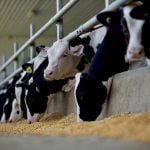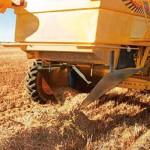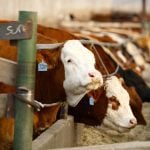
Features
Becoming a competent investor
Guarding Wealth: There are several sources of financial advice for beginning investors, or investors looking to learn more

Barley 180 project
Agronomists and researchers working on the Barley 180 project are looking to boost barley yields to 180 bushels per acre

Six ways to reduce early season seed stress
While not all factors can be controlled, there are ways to reduce early season stress on your crops

Variable rate irrigation
The high cost of variable rate irrigation has limited farmer adoption. But there are times when it can be useful

Diversify rotations to slow resistance
Diversify canola-wheat rotations to save profit margins and slow weed resistance, before it’s too late

Five tips for controlling weeds in canola

Australia tackles herbicide resistance
Farmer Down Under are looking to mechanical weed control to deal with herbicide resistant weeds

Looking for land
If you’re a farmer looking to rent land or a landowner looking for a renter, there are two good online options
Crop rotations and soil science
Some see soil as mere dirt. Soil scientists see a complex ecosystem affected by everything from crop rotations to fertilizer
Farming your marginal land
Pulling marginal acres into production may look like an attractive proposition. But there are strings attached


